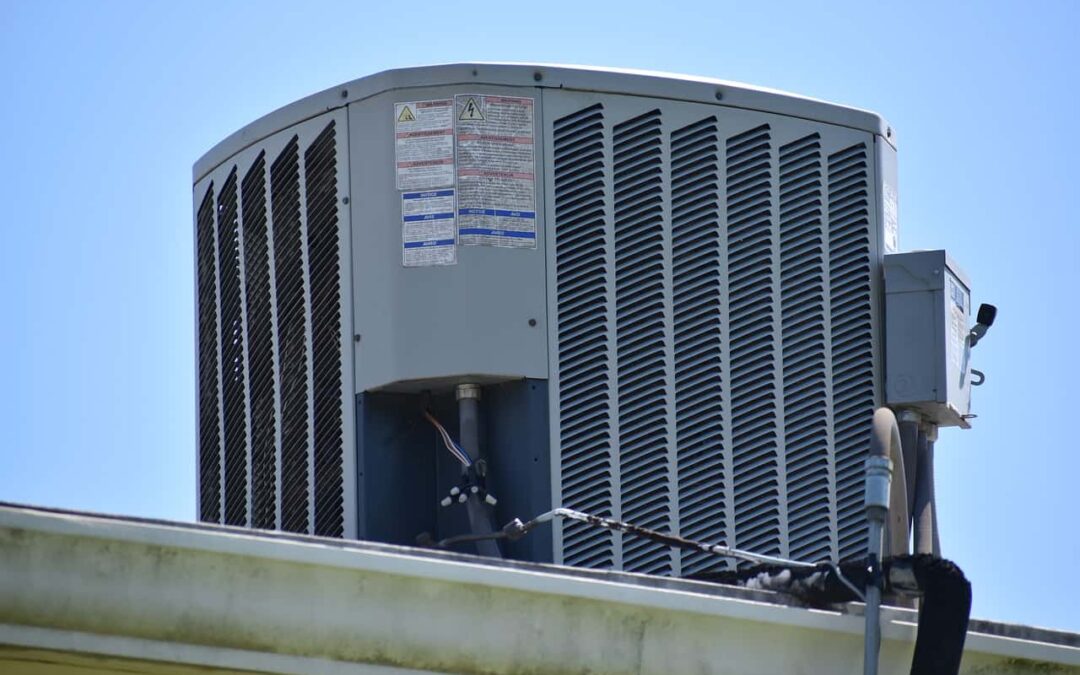Your home’s HVAC system will be critical in ensuring that you and your family can live comfortably for the years ahead. Regardless of whether it’s 2-years or 12-years old, you will often run into maintenance requirements – both preventative and corrective – that need attention. This maintenance will allow you to prevent complete system disaster, saving you money, time, and headaches along the way. Your home is an investment, and you must do what it takes to ensure that your investment remains solid.
In this article, we’re going to explore everything you need to know about HVAC maintenance, organized conveniently in easy-to-follow checklists.
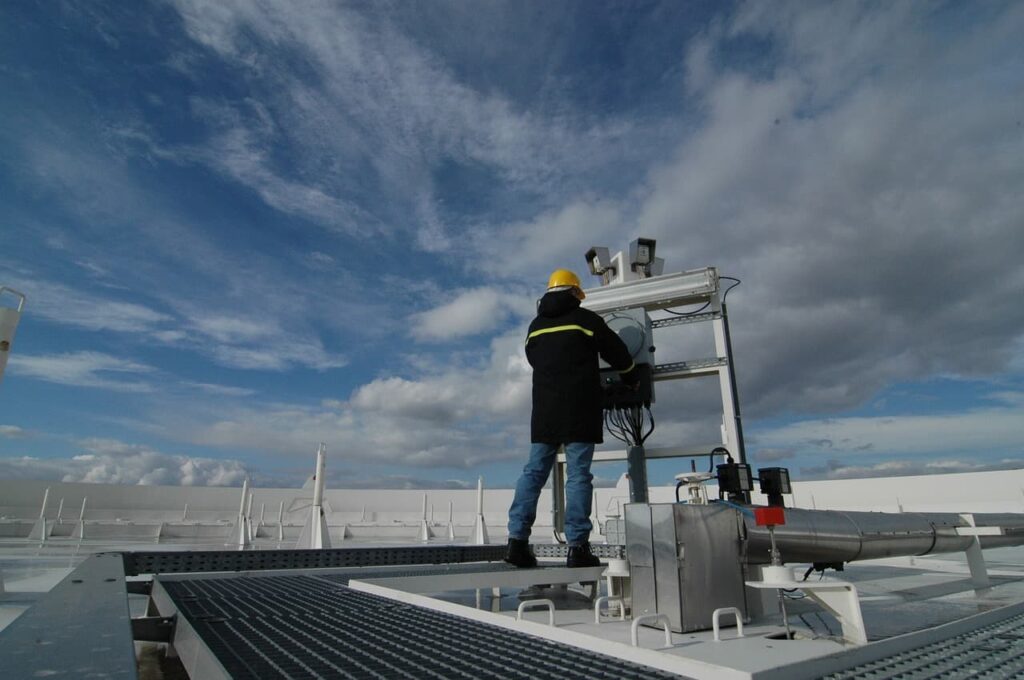
Why You Should Have an Annual HVAC Maintenance Plan
Your HVAC system is similar to most other expensive mechanical systems you own – such as your car – in that regular maintenance will allow for better performance, a decreased risk of major repairs, and an improved lifespan. Implementing an annual HVAC maintenance plan will allow you to catch most red flags before they become major issues, and it will open you up to the following set of benefits:
- Decreased energy bill. The reality is that a poorly maintained HVAC system will often require far more energy than a properly maintained one. The efficiency of a well-kept machine will allow you to see both better overall performance and decreased energy consumption.
- Fewer repair bills. Taking time to perform regular HVAC servicing will reduce the frequency of major breakdowns, minimizing the total amount of money you need to spend on repair bills over the years. This can be seen as an investment plan where you pay a small amount now to avoid spending a large amount later.
- Catastrophe mitigation. In areas with major climate shifts, it’s important to have an HVAC system you can always rely on. Taking the necessary precautions to ensure quality will ensure that you don’t have a system breakdown on an incredibly warm or cool night, exposing your family to unnecessary risks.
- Equipment longevity. As with any mechanical system, regular maintenance will allow for improved performance over longer periods of time. Performing regular upgrades to your HVAC system will allow it to run for years longer than alternatives that don’t receive similar attention.
- Improved air quality. In addition to improved efficiency and longevity, regular maintenance will also ensure that your HVAC unit is producing clean, safe air. By regularly cleaning the system and ensuring that there are no leaks or quality obstructions, you can relax knowing that only the cleanest of air is circulating through your home.
- Safety and stability. Regular maintenance will prevent breakdowns, short-circuits, and a whole suite of other mishaps that can pose serious risks to your family.

HVAC Preventative Checklist
With the foundation of why HVAC preventative maintenance is so important covered, we can now begin to explore the actual maintenance checklists required to ensure that your system is running smoothly.
If you have one system that provides both a heating and cooling function, you should plan to conduct a maintenance check twice per year – once in the spring and then again in the fall. Although the checklists below outline a general checklist of where you maintenance focus should be, there are a few factors you’ll want to consider when determining the maintenance requirements of your system:
- The age of your HVAC system
- The condition or quality of your HVAC system
- The overall size of your HVAC system
- Your HVAC system brand
- Your HVAC system level of usage
- The place in which you live (and it’s climate specifications)
That said, let’s take a look at a detailed maintenance checklist for the two seasons mentioned above.
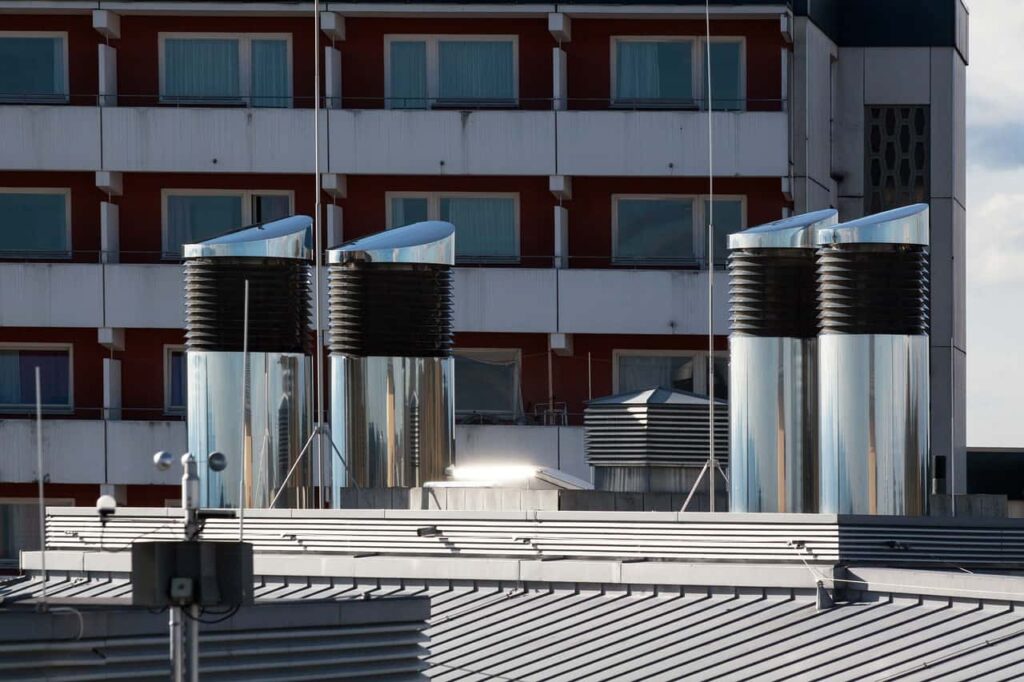
Fall/winter HVAC Maintenance Checklist
In the fall and winter months, you’ll want to perform preventative heat and AC maintenance that focuses on eliminating the risks of clogging or inefficient running, especially if you live in colder areas that will require a lot of heat output. Here are the items to consider:
- Replace your system filters every 30 to 90 days.
- Perform a detailed check of the ignition burner assembly.
- Carefully inspect the heating elements or heat exchanger. If these items get damaged and go unnoticed they can lead to major problems with carbon monoxide.
- Conduct a furnace inspection, particularly on the flue system, to ensure that it is securely attached.
- For gas furnace maintenance, have a professional technician check for gas leaks. It’s also essential to check for gas pressure, which a professional technician can also provide support on.
- Replace any frayed belts and pulleys in the system.
- Clear system drain-lines and any pans of standing water to prevent overflows from occurring.
- Check all wiring and electrical connections to ensure they are secure.
- Lubricate all moving parts, such as bearings and motors, to ensure they continue to operate at a level of heightened efficiency.
- Check the system thermostats and controls to verify that they are all set to the right temperature.
- Check the heat pump and ensure that it is working as expected.
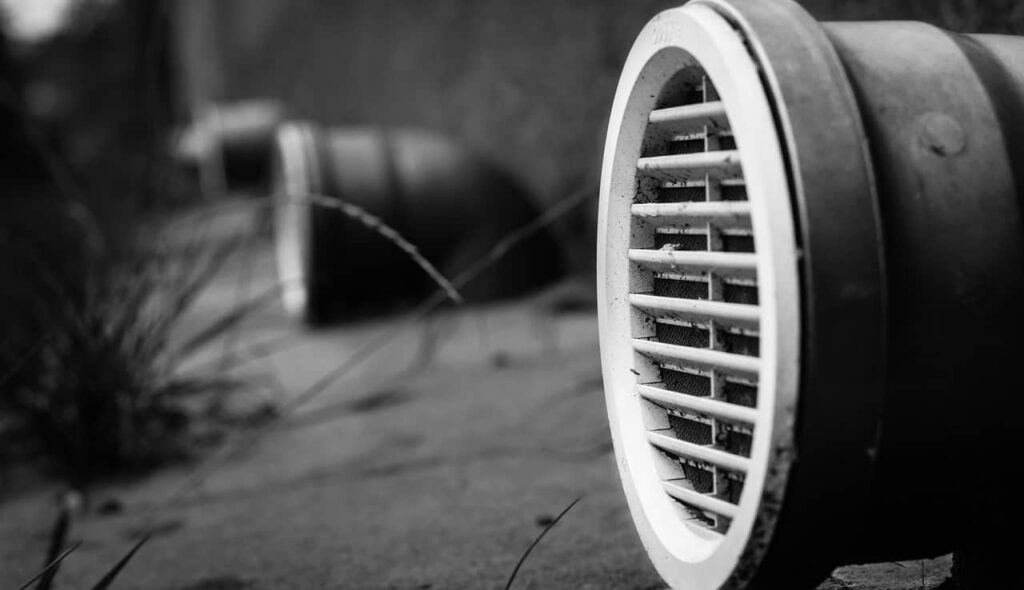
Spring/summer HVAC Maintenance Checklist
- Replace all system filters.
- Clean out the evaporator coils and condensers.
- Clear out any clogs and flush drain lines to ensure proper flow.
- Remove any standing water from drain pans to avoid potential overflows.
- Replace all worn pulleys and belts in the system.
- Inspect system ducts for dust, mould or debris, ensuring to properly clean out any visible instances.
- Check the refrigerant charge, ensure there are no leaks.
- Ensure that all of the thermostats (and their controls) are working and set to the correct temperature.
- Change system batteries, where applicable.
- Check the electrical system and ensure that all connections are secure and working.
- Ensure that the fan motor is operating correctly.
- Inspect the system blowers and blades, ensure that they are maintaining proper airflow.
- Adequately lubricate all moving parts.
- Conduct a check of the HVAC cabinet for leaks.
- Ensure that the HVAC cabinet door is securely closed.
- Remove any debris from around the unit – this is particularly important if the unit resides outside of the home.
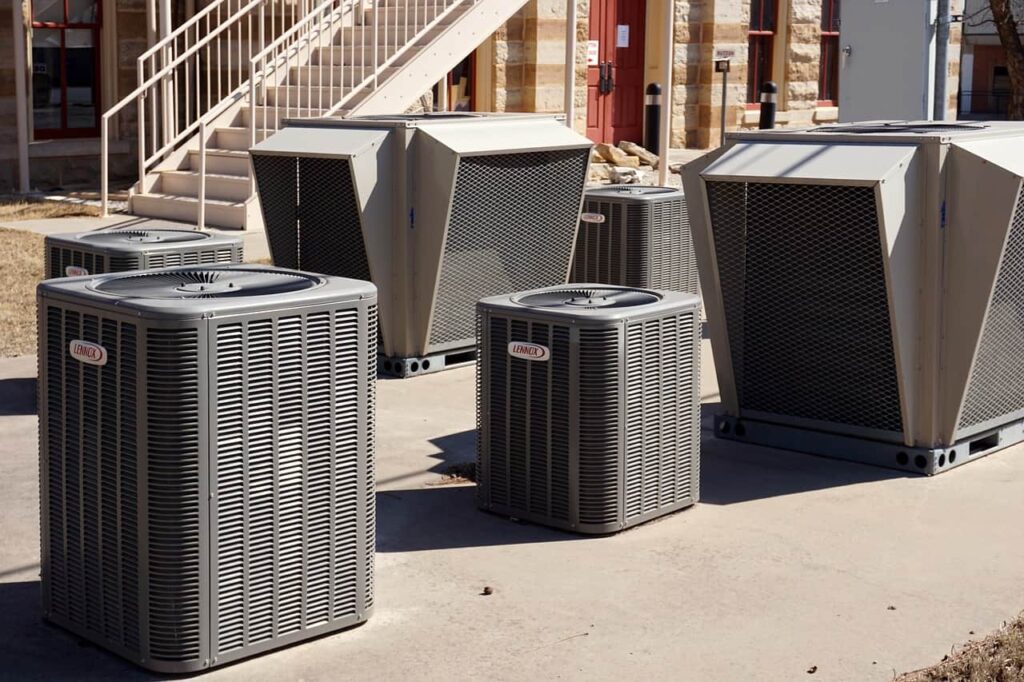
HVAC Maintenance Guide
Although we certainly recommend that you depend on a professional HVAC team to perform the thorough inspections outlined above, there are a series of HVAC maintenance items that you can certainly take care of on your own. This will increase the likelihood that your system runs smoothly for the years ahead, and given that they are all relatively small tasks, they shouldn’t provide too much strain. The central air maintenance guide includes:
- Use good filters. As noted above, your filter should be swapped out every 30 to 90 days, and it’s an incredibly easy task to do without professional help. Most homeowners will forget to perform this maintenance, but it will go a long way in ensuring system health over time!
- Clear debris around outside units. With the changing of seasons, debris will constantly be piling up around your HVAC unit. Take some time each week to check and clear away any items that may have been collected, ensuring that the unit has at least 2-feet of clearance for proper ventilation.
- Check refrigeration lines monthly. Your HVAC refrigerant lines are responsible for providing your home with the heating and cooling it needs. Ensuring that they aren’t worn or detached will ensure no issues arise.
- Ensure your unit is levelled. To ensure that your HVAC unit runs properly, you’re going to want to keep it levelled at all times. If needed, place your system on pads to ensure that it doesn’t shift over time.
- Eliminate system clogs. This excellent do-it-yourself maintenance hack will help to prevent the build-up of mould and algae over time. Once per year, mix together bleach with one cup of water and pour it into the air conditioner condenser drain.
- Be aware of odours and noises. This is particularly important for units that are inside. Keep a keen sense out for any odours or noises that emanate from your HVAC system, as they’ll typically be an indication of items needing attention.
- Inspect system fan blades. The replacement of faulty fan blades should always be left to an expert technician, but that doesn’t mean that the assessment of fan blade quality can’t be done by you. Take a peek every 3 to 6 months, both when stationary and moving, to ensure that there are no signs of blade deterioration or damage.
- Ensure carbon monoxide detectors are working. To ensure that there are no unexpected issues with carbon monoxide in your home, we recommend performing a battery replacement at least once every 6-months. Best practice is to simply swap out your carbon monoxide device batteries at the same time as your smoke alarm batteries, ensuring that both have adequate power and are ready to protect your family for the months ahead.
Closing
HVAC system maintenance can get very complicated, and ensuring that you’re performing the proper preventative maintenance will be critical in keeping your system healthy for the years ahead. ThermEnergy is a trusted HVAC installation, maintenance, and repair service provider, having helped hundreds of homeowners throughout the GTA with their HVAC needs. To learn more about our team, system, approach, or to get a support quote, please contact us today!

